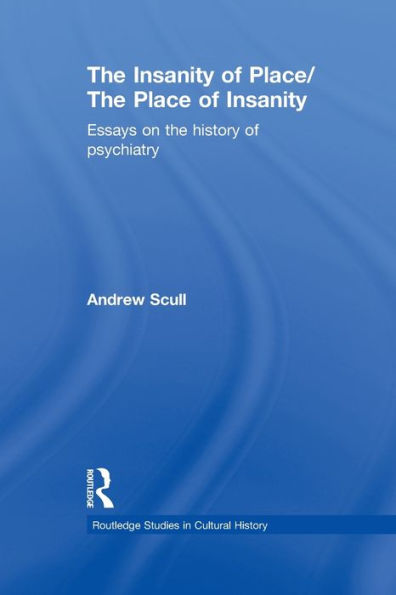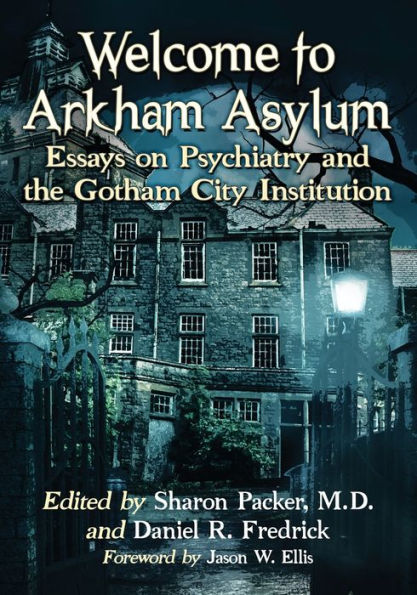Home
the Insanity of Place / Insanity: Essays on History Psychiatry
Barnes and Noble
the Insanity of Place / Insanity: Essays on History Psychiatry
Current price: $190.00


Barnes and Noble
the Insanity of Place / Insanity: Essays on History Psychiatry
Current price: $190.00
Size: Hardcover
Loading Inventory...
*Product information may vary - to confirm product availability, pricing, shipping and return information please contact Barnes and Noble
This compelling book brings together many of the major papers published by Andrew Scull in the history of psychiatry over the past decade and a half.
Examining some of the major substantive debates in the field from the eighteenth century to the present, the historiographic essays provide a critical perspective on such major figures as Michel Foucault, Roy Porter and Edward Shorter.
Chapters on psychiatric therapeutics and on the shifting social responses to madness over a period of almost three centuries add to a comprehensive assessment of Anglo-American confrontations with madness in this period, and make the book invaluable for those concerned to understand the psychiatric enterprise.
The Insanity of Place/The Place of Insanity
will be of interest to students and professionals of the history of medicine and of psychiatry, as well as sociologists concerned with deviance and social control, the sociology of mental illness and the sociology of the professions.
Examining some of the major substantive debates in the field from the eighteenth century to the present, the historiographic essays provide a critical perspective on such major figures as Michel Foucault, Roy Porter and Edward Shorter.
Chapters on psychiatric therapeutics and on the shifting social responses to madness over a period of almost three centuries add to a comprehensive assessment of Anglo-American confrontations with madness in this period, and make the book invaluable for those concerned to understand the psychiatric enterprise.
The Insanity of Place/The Place of Insanity
will be of interest to students and professionals of the history of medicine and of psychiatry, as well as sociologists concerned with deviance and social control, the sociology of mental illness and the sociology of the professions.

















